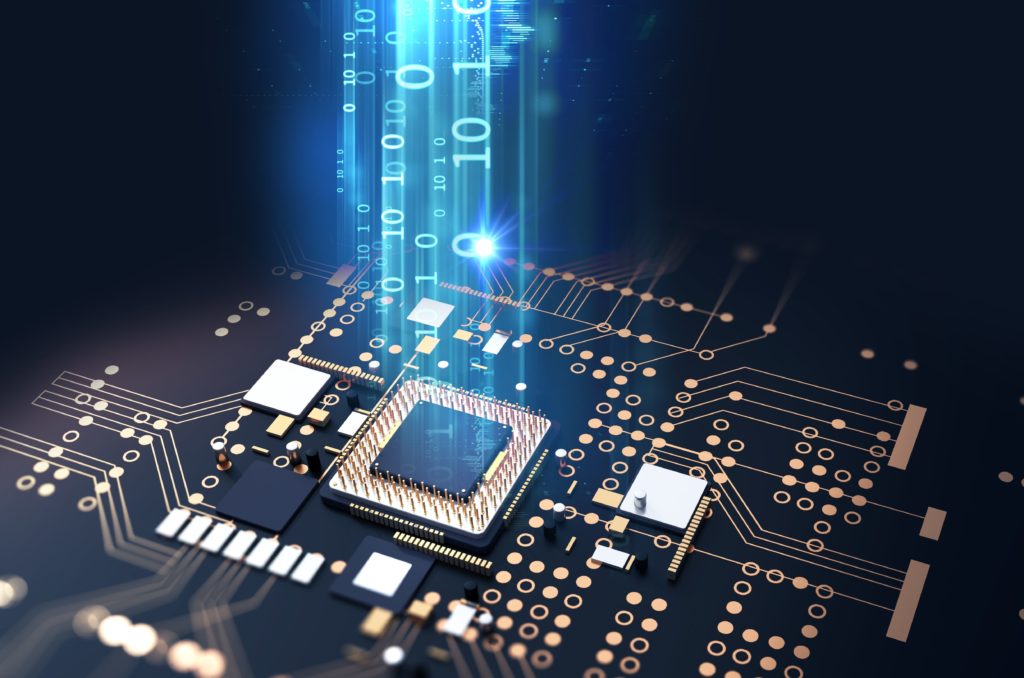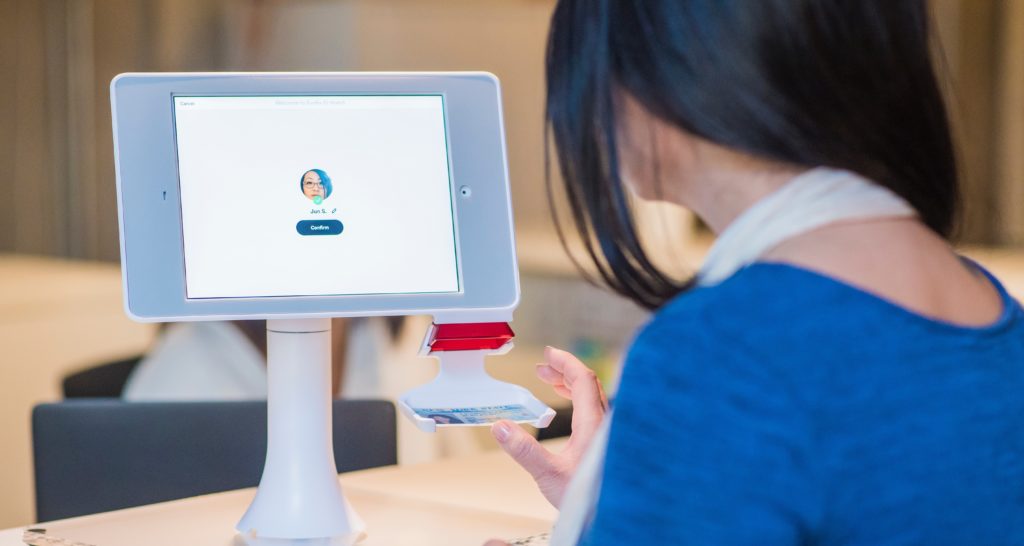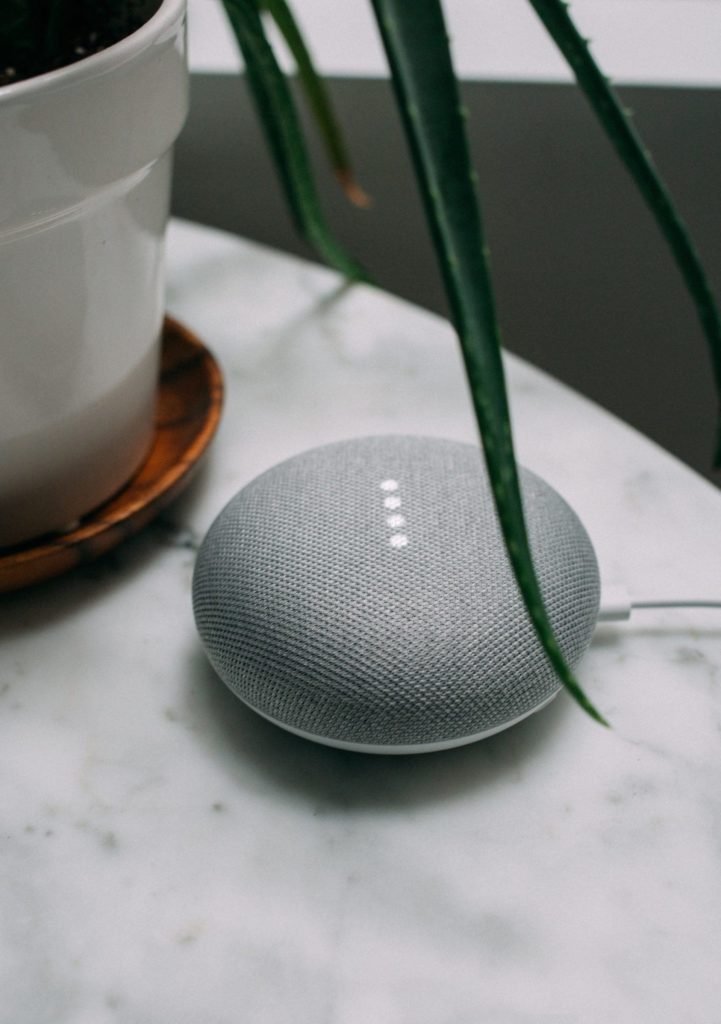Article
What Hardware Should You Use To Test Your AI?

Anyone who wants to start taking their AI programs to the next level will find themselves drawn to hardware.
Hardware is what limits and extends the capabilities of your software, which is especially important when working on artificial intelligence. Below are five of the best hardware options available to AI developers. They’ll help you not only get more performance out of your AI software, but they’ll also add flexibility.
The Best Hardware For AI Development
RaspberryPi
The RaspberryPi is a small silicone circuit board (roughly the size of a deck of cards) that comes with all of the capabilities of your typical computer. It’s designed to be a cheap device that DIY programmers and computer tinkerers of all skill levels can use to experiment with programming and computing.
RaspberryPi devices are not only great for learning basic computing, but also helpful for working on projects that require more flexible computers, like robotics, automation, and, of course, AI. The RaspberryPi organization has even partnered with Google to make installing Google’s TensorFlow software onto a RaspberryPi computer as simple as possible. This allows indie developers to work on AI projects affordably and easily.
NVIDIA
Founded in the early 1990s as a computer graphics hardware supplier, NVIDIA has recently shifted their focus to AI, providing the hardware that developers and businesses need to meet their artificial intelligence goals. Their GPUs, which have traditionally been used to render 3D graphics on computers, are now being used in new ways to supplement traditional CPUs.
NVIDIA’s Turing architecture is purpose-built for AI training tasks, with an architecture that provides faster performance than CPUs with similar specs. While the year-over-year performance increases of CPUs have been declining in recent years, NVIDIA has managed to create graphics cards that can use their computational abilities to vastly improve the performance of computers, making them powerful tools for advanced AI and machine learning projects.
Jetson
The NVIDIA Jetson is an AI platform designed to speed up the early stages of AI development. Jetson is a credit card-sized module packed with the performance and capabilities necessary for developing AI projects. It comes in multiple sizes and kits, so developers can pick the option best suited for their project.
The Jetson Nano is the smallest size, designed for low power, compact AI systems. It can be used to create home robots, IoT devices, and more. The Jetson TX2 is the next size up, and it’s intended to be used with more advanced projects. It maximizes power efficiency, allowing developers to deploy more substantial projects while still consuming less power than a typical desktop computer.
Intel
Intel provides AI programmers with hardware tools like the Intel Neural Compute Stick. This device looks like a typical flash drive but is actually a complete neural networking kit that plugs into your computer. Designed for AI-IoT projects, one of the major features of the device is its ability to facilitate computer vision, which is a way for computers to interpret graphics and videos similar to the way humans do.
Intel’s AI Developer Program is a service that provides access to courses, frameworks, tools, and a community dedicated to furthering AI development. The company also hosts several conferences and events to bring AI developers together with a shared vision.
AWS
Amazon’s AWS (Amazon Web Services) is a suite of online services, including cloud services, remote servers, and frameworks. AWS includes features directly pertaining to artificial intelligence, such as machine learning and AI services. Amazon also offers Lex, Polly, and Rekognition, three applications that provide developers with tools like speech recognition and image analysis.
Amazon also offers hardware solutions for AI developers. Their DeepLens product is an AI device designed to help developers experiment with and learn about image recognition. The device is a small cube with a camera attached to the top. It’s capable of object and movement recognition as well as face detection. It works seamlessly with the rest of AWS, including SageMaker, and it can even be used with other AI SDKs like TensorFlow.
Incorporating Hardware Into Your AI Project
There are just as many AI hardware options available as there are software options. This article should serve as a good starting point for diving into the world of AI hardware so that you can start customizing and innovating with your AI software even more.








